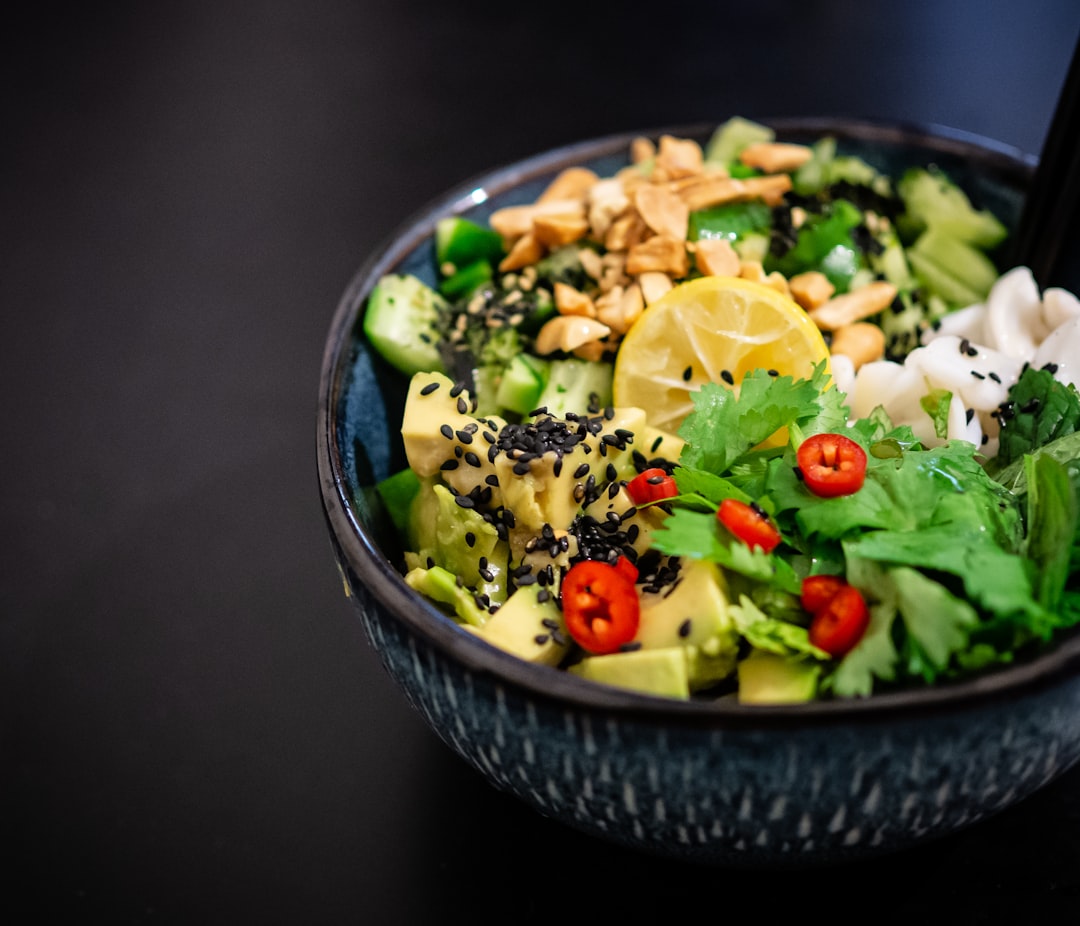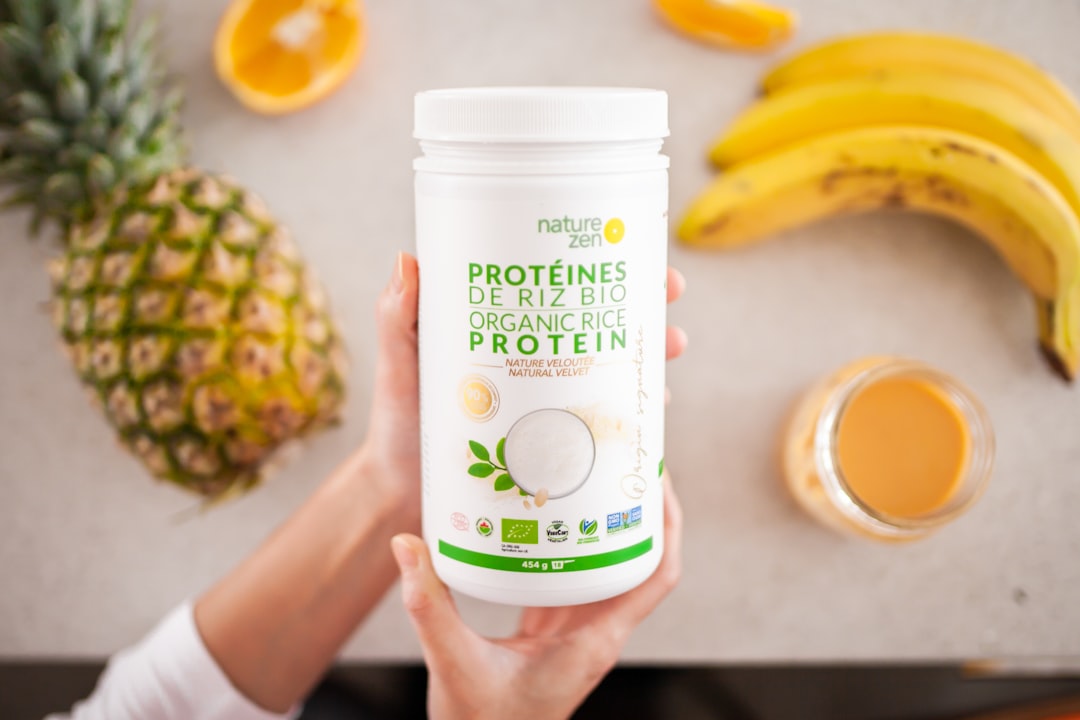In recent years, the fast food industry has undergone a significant transformation, responding to the growing demand for healthier dining options. Traditionally associated with greasy burgers, sugary sodas, and calorie-laden fries, fast food has evolved to include a variety of nutritious choices that cater to health-conscious consumers. This shift is not merely a trend but a reflection of changing consumer preferences, where individuals are increasingly aware of the impact of their dietary choices on their overall health.
As a result, many fast food chains have begun to incorporate fresh ingredients, whole grains, and plant-based options into their menus, making it easier for patrons to enjoy a quick meal without compromising their health. The concept of healthy fast food is not just about offering lighter versions of traditional meals; it encompasses a broader understanding of nutrition and wellness. Fast food can now include salads packed with vibrant vegetables, wraps filled with lean proteins, and smoothies made from whole fruits and vegetables.
This evolution allows consumers to make informed choices that align with their dietary goals while still enjoying the convenience that fast food provides. As we delve deeper into the benefits and strategies for choosing healthy fast foods, it becomes clear that making mindful decisions can lead to a more balanced lifestyle.
Key Takeaways
- Healthy fast foods can be a convenient and nutritious option for busy individuals.
- Choosing healthy fast foods can lead to benefits such as improved energy levels and better overall health.
- Tips for making healthier fast food choices include opting for grilled or steamed options and choosing water or unsweetened beverages.
- Popular fast food chains offer nutritious options such as salads, grilled chicken sandwiches, and fruit cups.
- Customizing fast food orders by requesting no mayo or choosing a side salad instead of fries can make a meal healthier.
Benefits of Choosing Healthy Fast Foods
Opting for healthy fast food can yield numerous benefits that extend beyond mere convenience. One of the most significant advantages is the ability to maintain energy levels throughout the day. Foods rich in nutrients, such as whole grains, lean proteins, and fresh produce, provide sustained energy compared to their processed counterparts.
For instance, a whole grain wrap filled with grilled chicken and mixed greens can offer a balanced meal that keeps hunger at bay longer than a traditional cheeseburger. This sustained energy can enhance productivity and focus, particularly for those with busy lifestyles. Moreover, choosing healthier fast food options can contribute positively to long-term health outcomes.
Diets rich in fruits, vegetables, and whole grains are associated with a lower risk of chronic diseases such as heart disease, diabetes, and obesity. By selecting meals that prioritize these ingredients, individuals can take proactive steps toward improving their overall health. For example, many fast food chains now offer salads topped with grilled salmon or quinoa bowls that are not only delicious but also packed with omega-3 fatty acids and essential nutrients.
These choices empower consumers to make decisions that support their health goals while still enjoying the convenience of fast food.
Tips for Making Healthier Fast Food Choices

Navigating the fast food landscape can be daunting, especially when faced with an array of tempting options. However, there are several strategies that can help individuals make healthier choices without sacrificing flavor or satisfaction. One effective approach is to familiarize oneself with the nutritional information provided by many fast food chains.
Most establishments now offer detailed menus that include calorie counts and ingredient lists, allowing consumers to make informed decisions based on their dietary needs. Another useful tip is to prioritize meals that are rich in fiber and protein. Foods high in fiber, such as whole grains and legumes, promote satiety and can help prevent overeating.
For instance, opting for a black bean burger instead of a traditional beef burger can provide a hearty meal that is both filling and nutritious. Additionally, incorporating protein-rich options like grilled chicken or turkey can enhance the nutritional profile of a meal while keeping hunger at bay. By focusing on these elements, individuals can create satisfying meals that align with their health goals.
Nutritious Options at Popular Fast Food Chains
| Fast Food Chain | Nutritious Options | Calories | Protein (g) | Fiber (g) |
|---|---|---|---|---|
| McDonald’s | Grilled Chicken Sandwich | 380 | 33 | 3 |
| Burger King | Veggie Burger | 390 | 22 | 5 |
| Subway | Turkey Breast Sub | 280 | 18 | 5 |
| Taco Bell | Black Bean Crunchwrap Supreme | 350 | 10 | 8 |
Many popular fast food chains have recognized the demand for healthier options and have expanded their menus accordingly. For example, McDonald’s has introduced a range of salads featuring fresh ingredients like spinach, kale, and cherry tomatoes, along with grilled chicken as a protein source. These salads not only provide essential vitamins and minerals but also offer a lighter alternative to traditional burger meals.
Similarly, Subway has made strides in promoting healthier eating by allowing customers to customize their sandwiches with an array of fresh vegetables and whole grain bread options. The ability to choose from various toppings empowers consumers to create meals tailored to their nutritional preferences. Additionally, chains like Chipotle have embraced the concept of fresh ingredients by offering customizable burrito bowls that include brown rice, beans, and an assortment of vegetables.
These options exemplify how fast food can be both convenient and nutritious.
How to Customize Your Fast Food Order for Healthier Options
Customization is key when it comes to making healthier fast food choices. Many chains encourage patrons to personalize their orders, which can significantly enhance the nutritional value of a meal. For instance, when ordering a burger, one might consider opting for a lettuce wrap instead of a traditional bun to reduce carbohydrate intake while increasing vegetable consumption.
This simple swap not only lowers calories but also adds crunch and freshness to the meal. Another effective customization strategy involves selecting healthier sides. Instead of fries, many establishments offer fruit cups or side salads as alternatives.
Choosing these options not only reduces calorie intake but also increases the intake of vitamins and minerals. Additionally, asking for dressings or sauces on the side allows individuals to control portion sizes and avoid excess calories from high-fat condiments. By taking advantage of customization options, consumers can create meals that align with their health goals while still enjoying the flavors they love.
The Importance of Portion Control When Eating Fast Food

Portion control plays a crucial role in maintaining a healthy diet, especially when indulging in fast food. Many fast food meals are served in sizes that far exceed typical portion recommendations, leading to excessive calorie consumption in one sitting. Understanding appropriate portion sizes can help individuals enjoy their favorite meals without overindulging.
For example, sharing a large pizza or opting for a smaller size can significantly reduce calorie intake while still allowing for enjoyment. Mindful eating practices can also aid in portion control when dining at fast food establishments. Taking the time to savor each bite and listen to hunger cues can prevent overeating.
Additionally, considering the use of smaller plates or bowls when dining at home can help create an illusion of larger portions while actually consuming less food. By being conscious of portion sizes and practicing mindful eating habits, individuals can enjoy fast food while maintaining their health goals.
The Role of Balance and Variety in a Healthy Fast Food Diet
A balanced diet is essential for overall health and well-being, and this principle applies even when indulging in fast food. Incorporating a variety of foods ensures that individuals receive a wide range of nutrients necessary for optimal functioning. When choosing fast food options, it is beneficial to include items from different food groups—such as lean proteins, whole grains, fruits, and vegetables—to create a more balanced meal.
For instance, pairing a grilled chicken sandwich with a side salad and a piece of fruit provides a well-rounded meal that includes protein, fiber, vitamins, and minerals. This approach not only enhances nutritional intake but also adds flavor and texture to meals. Emphasizing variety helps prevent dietary monotony and encourages individuals to explore new flavors and ingredients available at fast food establishments.
The Impact of Fast Food on Overall Health and Wellbeing
The impact of fast food on overall health cannot be understated; it plays a significant role in shaping dietary habits and lifestyle choices. Regular consumption of unhealthy fast food has been linked to various health issues such as obesity, heart disease, and diabetes due to its high levels of saturated fats, sugars, and sodium. However, by making conscious choices within the fast food realm—such as selecting healthier menu items—individuals can mitigate these risks.
Moreover, the psychological aspect of eating fast food should not be overlooked. The convenience and accessibility of fast food can lead to habitual consumption patterns that may detract from mindful eating practices. By prioritizing healthier options when dining out or on-the-go, individuals can foster a more positive relationship with food that emphasizes nourishment rather than mere convenience.
How to Incorporate Healthy Fast Foods into a Balanced Diet
Incorporating healthy fast foods into a balanced diet requires intentional planning and awareness of overall dietary patterns. It is essential to view fast food as one component of a broader dietary strategy rather than the sole source of nutrition. For instance, if an individual chooses to have a healthy salad from a fast-food chain for lunch, they should aim to complement this choice with nutrient-dense meals throughout the day—such as whole grains at breakfast and lean proteins at dinner.
Additionally, setting limits on how often one consumes fast food can help maintain balance in the diet. Designating specific days for enjoying fast food while ensuring that other meals are rich in whole foods can create a sustainable approach to eating out without compromising health goals. This strategy allows individuals to enjoy the convenience of fast food while still prioritizing overall nutrition.
Quick and Easy Homemade Alternatives to Fast Food
For those looking to replicate the convenience of fast food at home while maintaining control over ingredients and nutrition, quick homemade alternatives are an excellent option. Preparing meals at home allows individuals to use fresh ingredients tailored to their preferences while avoiding excessive calories often found in restaurant meals. For example, creating homemade burgers using lean ground turkey or black beans can provide a nutritious alternative without sacrificing flavor.
Additionally, homemade wraps filled with grilled vegetables and hummus offer a quick meal option that is both satisfying and nutritious. Smoothies made from frozen fruits and leafy greens can serve as refreshing alternatives to sugary milkshakes commonly found at fast-food establishments. By investing time in preparing simple meals at home, individuals can enjoy the benefits of fast food without compromising their health.
Making Informed Choices for a Healthier Lifestyle
As the landscape of fast food continues to evolve toward healthier options, consumers have more opportunities than ever to make informed choices that align with their health goals. By understanding the benefits of healthy fast foods and employing strategies for customization and portion control, individuals can enjoy convenient meals without sacrificing nutrition. The key lies in balancing indulgence with mindful eating practices while incorporating variety into one’s diet.
Ultimately, embracing healthy fast foods as part of an overall balanced diet empowers individuals to take charge of their health while enjoying the convenience that modern dining offers. With thoughtful planning and awareness of nutritional needs, it is possible to navigate the world of fast food in a way that supports long-term well-being.



